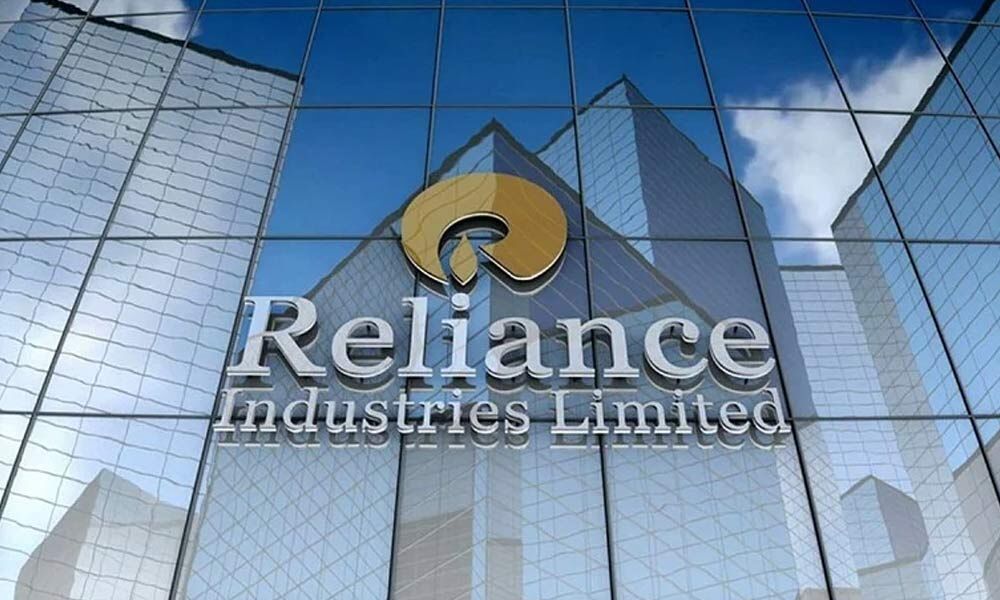Reliance Industries’ (RIL) board on November 24 announced that it has decided to implement a scheme of arrangement (Scheme) to transfer Gasification Undertaking into a wholly-owned subsidiary (WOS).
The board has accordingly approved a Scheme to transfer the Gasification Undertaking as a going concern on slump sale basis for a lump sum consideration equal to the carrying value as on the Appointed Date.
“The Gasification project at Jamnagar was set up with the objective to produce syngas to meet the energy requirements as refinery off-gases, which earlier served as fuel, were repurposed into feedstock for the Refinery Off Gas Cracker (ROGC). This enables production of olefins at competitive capital and operating costs. Syngas as a fuel ensures reliability of supply and helps reduce volatility in energy costs. Syngas is also used to produce Hydrogen for consumption in the Jamnagar refinery,” the company said.
The appointed date of the Scheme would be March 31, 2022 or such other date as may be determined by the Board. The Scheme will require approval of Stock Exchanges, Creditors, Shareholders, NCLT and other regulatory authorities.
How Repurposing the gasification assets will help ?
Repurposing the gasification assets will help use of syngas as a reliable source of feedstock to produce chemicals and cater to growing domestic demand, resulting in an attractive business opportunity.
Further, as the hydrogen economy expands, RIL will be well-positioned to be the first mover to establish a hydrogen ecosystem.
The Scheme will also enable RIL to evaluate unlocking the value of syngas, with a collaborative and asset-light approach involving the induction of investors in the gasifier subsidiary and capturing value of upgradation in RIL through partnerships in different chemical streams.
This distinct business profile also provides the opportunity to potentially attract a different pool of investors and strategic partners for the gasification assets and new materials and chemicals projects.
The objective to produce syngas to meet the energy requirements as refinery off-gases, which earlier served as fuel, were repurposed into feedstock for the ‘Refinery Off Gas Cracker’ (ROGC).
This enables production of ‘olefins’ at competitive capital and operating costs.
Besides, ‘Syngas’ as a fuel ensures reliability of supply and helps reduce volatility in the energy costs.

